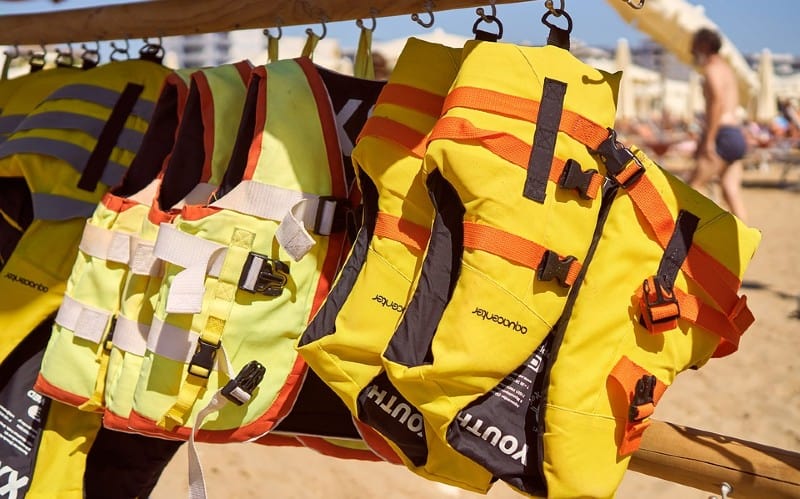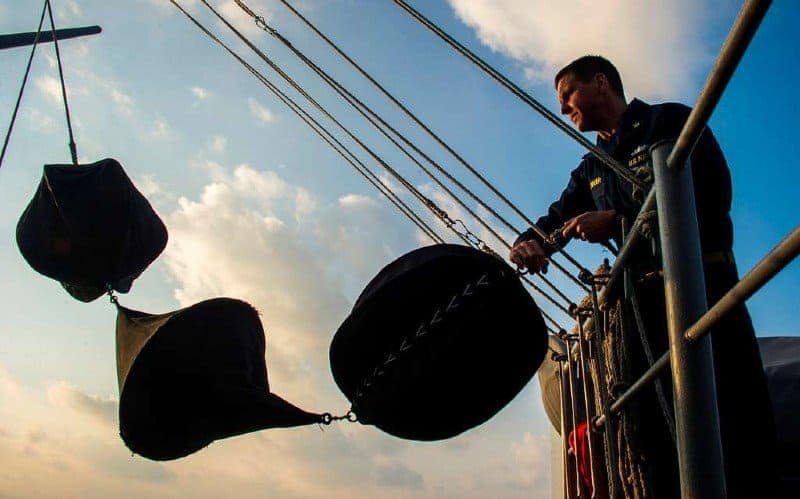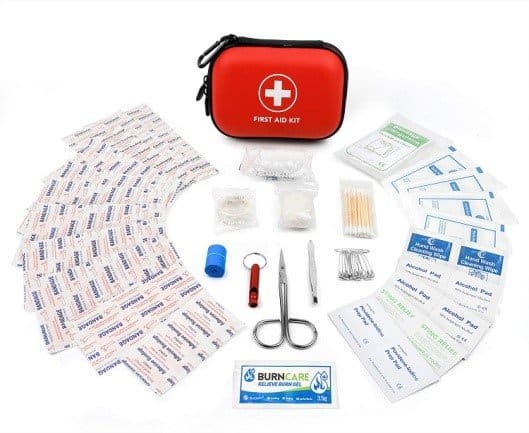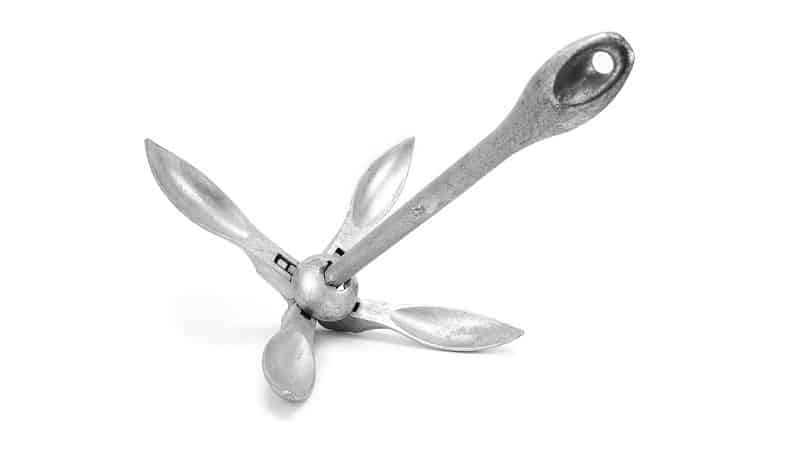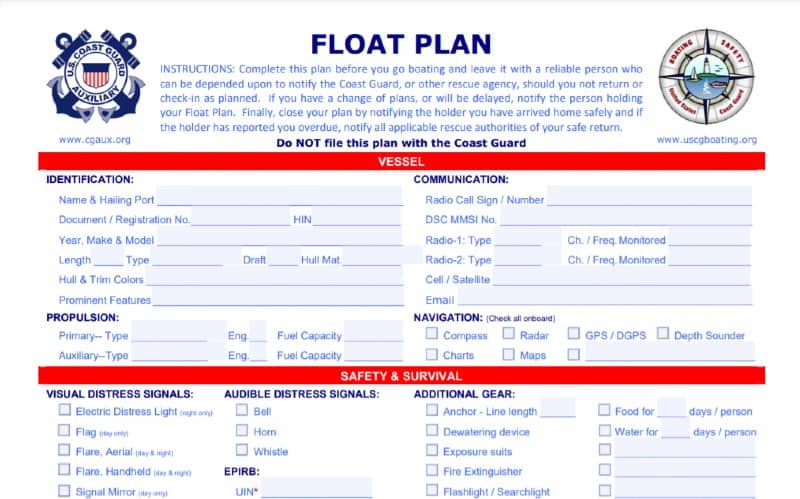PRE-DEPARTURE CHECK LIST
Heading out on the water should be fun. Whether you are going to take your vessel out for fishing or just to sail. Make a pre-departure checklist part of your boating trip routine. It doesn’t need to take a lot of time. Doing so can save a lot of hassle, however.
Going over a pre-departure checklist for your boat is being a responsible boat owner. This ensures you are up to date on all safety equipment. If something bad happens, it can also aid in rescue. The U.S. Coast Guard can work a lot more efficiently if they have an idea of what your boat is like. That includes gear on board.
Let’s check out the basics of a boat departure checklist. Use this or one like it every time you head out. You’ll never be caught by surprise if you are always prepared. This way you will not overlook important items. Things like ventilation and battery care. Make sure someone else on shore has access to this info.
Safety Equipment
- Ensure you have life jackets and personal flotation devices in good condition.
- You must have at least one Coast Guard approved PFD on board per passenger.
- A minimum of two personal flotation devices are required.
- You may require a throwable flotation device. This applies if your vessel is over 16 feet in length.
- Ensure all crew and passengers know where to find this safety equipment. Make sure they all know how to wear and use life jackets.
- Make sure life jackets are usable. They need to fit those on board to be useful.
Boat Condition
- Perform a quick visual inspection of the hull. Look for any cracks or damage.
- Make sure controls are operable. This includes steering and throttle.
- Make sure propulsion and cooling are in good working order.
- Drain any water from the engine compartment. Ensure drainage plugs are in place.
- Check for proper weight distribution. Make sure passengers know to spread their weight evenly on board.
Navigation Lights and Shapes
- Navigation lights and shapes such as day shapes must be on board and in good working order.
- Test all navigation lights to ensure proper function.
- Check instrument lights for proper function.
- Ensure day shapes are on board if you are going to do anything that requires them.
- Have an emergency flashlight on board if case power fails.
Sound Producing Devices
- This includes an air horn or whistle, as well as bells and gongs. You must have two sound-producing devices on board.
- Your horn or whistle must be able to produce a prolonged 4 to 6 second blast. It must be able to be heard at least ½ mile away.
- Keep a spare can of air if you are using a portable air horn
Electronics
- Check your electronics to make sure they are all in working order. This includes:
- VHF Radio
- GPS
- Radar
- Any other devices as applicable.
Emergency and Distress Signals
Emergencies can take many forms. Ensure you have the following on board, These will help you manage most incidents in a pinch.
- A fire extinguisher that is in good working order. Always check the date at which it was last serviced. Make sure it is a Coast Guard approved fire extinguisher.
- Emergency flares. Make sure these are stored somewhere dry. Also ensure all passengers know where they are and how to use them.
- Day signals to indicate distress. Even if the Coast Guard does not require your vessel to carry these, it’s a good idea. An orange flag with a black square and black circle indicate distress. It should be visible from the air. A square flag with a ball also indicates distress. Finally, distress flags N and C also indicate distress.
- Make sure the crew or passengers know what to do in a man overboard situation. Point out the MOB button if you have one.
- Emergency propulsion. If your engine fails, you may need alternate propulsion. Depending on your boat this could be oars or sails. If applicable, make sure you have access to them and they work.
- A mirror. In extreme circumstances, a mirror can be used as a signaling device.
- An emergency first-aid kit. This should contain a variety of items. Most importantly you want a kit that contains:
- Scissors to cut tape and bandages. It may be needed to cut clothing if someone falls overboard and needs to be warmed up.
- Elastic bandages for covering wounds
- Triangle bandages for arm and shoulder injuries
- Adhesive bandages for smaller cuts and wounds
- Absorbent pads to cover wounds
- Rolled gauze to wrap wounds and hold pads in place
- Safety pins to secure bandages
- Tape to secure bandages
- Saline solution to flush out wounds
- Gloves to prevent contact with open wounds
- A splint to immobilize breaks
- Foil blanket for keep injured passengers warm
- Alcohol wipes for cleaning hands and wounds
- Common medications like Tylenol or Ibuprofen
Fuel and Fluids
- Always ensure fuel is topped up before departing.
- Check coolant levels before departing.
- Check engine oil before departing.
- Make sure you have adequate fuel on board to handle your entire trip.
- Ensure spare fuel is stored safely and securely. Keep it away from any potential source of open flame or spark.
Ventilation
- Ensure all interior spaces have functional ventilation. This is especially important if you do any cooking. If you use LPG – liquid petroleum gas – for cooking or heat, you must have proper ventilation.
- Run the ventilation blower for several minutes before starting the engine. This helps dissipate built up fumes.
- Check again afterwards. If you still notice fuel smells, you may need to delay your trip to source the problem. You likely have a leak or some kind of spill.
Tools
- Keep a tool box handy on board. Include basic tools needed to access or repair vital components of the vessel.
- Include spares of integral parts. This includes through hull plugs, air filters, and light bulbs. Also fuel filters and spark plugs. Anything easily replaced by yourself on the water.
Bilge
- Inspect the bilges before heading out. Make sure they are reasonably dry and working properly.
- Make sure the pump is in good working order.
- If need be, clean any spilled oil or other waste in the bilge to prevent pollution.
Battery Care
- Make sure your battery is fully charged before departing.
- If you have a dual charging system, check the selector switch. You need to make sure it’s in the right position.
- Ensure power is on to the whole vessel.
- Make sure you have spare batteries for portable electronics. This includes flashlights, radio, and nav equipment.
- Make sure any rechargeable batteries are charged.
Docking and Anchoring
- Make sure you have at least one anchor on board. It should be attached to your anchor line.
- Check all additional lines. You should have at least three spare dock lines.
- Inspect the anchor line and dock line. Look for any chafe or signs of damage.
- Keep at least two fenders on board for docking. This is also in case you need to be towed.
Navigation Aids
- Have paper charts on hand in case of electronic failure. Familiarize yourself with any potential hazard on or near your route.
- Keep a compass on board. This will be useful of GPS is no longer functional.
Check the Weather Forecast
- Have you done a weather check before heading out? Get the local forecast before heading out to avoid potential surprises.
- Check the weather forecast for your place of departure as well as your destination.
- Adjust your trip as necessary to avoid dangerous weather. Limited visibility can be dangerous. As can fog and rain.
- Make sure your radio is able to receive weather updates.
- Ensure all crew or passengers know what to do in bad weather.
Documentation
Check to ensure you have all of the relevant documents on board the vessel. The U.S. Coast Guard may ask you for some of this. Always have it safe and secure on board. This includes:
- Radio license
- Float plan
- Fishing permit
- Boat registration
- Paper charts
- Boater education card
Leave a copy of your pre departure checklist and float plan on shore. Ideally with family or a trusted friend. These can be provided to the U.S. Coast Guard in case of an emergency.
Make sure your float plan is detailed. The Coast Guard can use this to find you if anything goes wrong. It will greatly reduce the search area for them. That can save valuable time.
Things to Remember
The pre departure checklist seems daunting but don’t feel overwhelmed. Many of these items are quick and easy to check off. A visual inspection of your whole boat will cover most items. Even though some are easy and just require a moment of your time doesn’t mean you can ignore them. Making sure all of the checklist is done can be the difference between getting home safely and not.
Boating trips can be relaxing and fun. It should be. Whether just a pleasure cruise or fishing or anything else. But it also comes with responsibilities. Take care of the serious business first, then you can enjoy the fun parts afterwards.
Categories: Boats, nauticalknowhow
